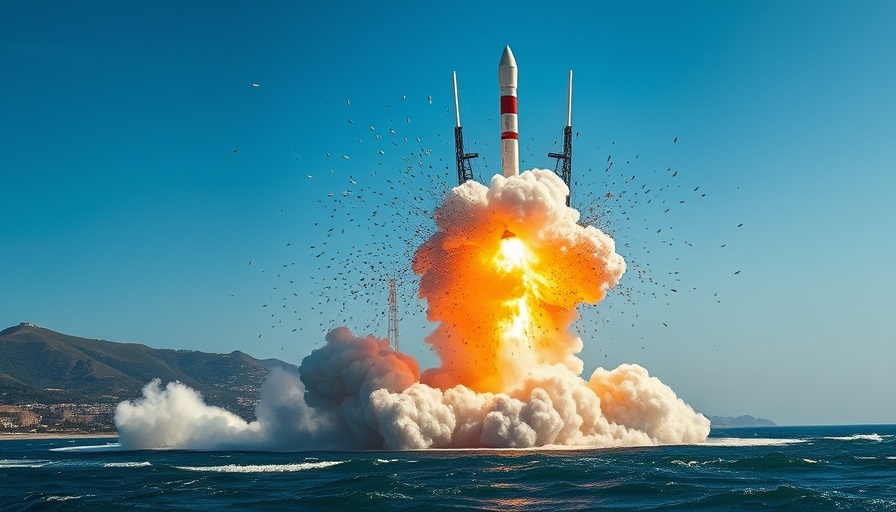
What Does Another Starship Failure Mean for Space Exploration?
This past week, another of SpaceX's Starships, the largest and most powerful rocket ever built, met a spectacular fate as it exploded mid-air above the Indian Ocean. This incident marks the third catastrophic failure within the last six months, raising pressing questions about the reliability of the rocket that is poised to take humans further into the solar system than ever before. In light of Elon Musk's promise for more risky launches following this failure, it’s crucial to analyze the implications for the future of space exploration.
A Decade of Innovation and Challenges
The evolution of the Starship program, which began over a decade ago, exemplifies the complexities of aerospace innovation. The rocket is powered by SpaceX's Raptor engines and designed as a fully reusable multistage system. Elon Musk's vision for Starship includes not only missions to the Moon and Mars but also establishing human presence beyond Earth’s orbit. However, its testing history, which includes four complete failures and only three successful flights, has sparked skepticism around its potential for reliable space travel.
Environmental and Economic Concerns
The costs associated with each Starship test flight range from $50 to $100 million, depending on various factors. Yet, the financial implications pale in comparison to the environmental impacts, particularly with recurring failures. Each explosion not only represents lost investment but raises serious concerns about debris and pollution in sensitive coastal areas near SpaceX's launch sites. The fallout from a failed test in 2023 left the nearby town of Port Isabel, Texas, shaken and coated in debris, highlighting the risk to local communities.
The Cost of Ambitious Goals
Designing rockets that can take humans to destinations like Mars is no small feat, and with ambitious goals come significant risks. While it’s understood that failures are part of the innovation process, the consistent issues raised during testing prompt a reevaluation of the strategies employed by SpaceX. What should the balance be between pushing for rapid advancements and ensuring safety and reliability?
Lessons from the Past and Insights for the Future
Historically, the aerospace industry has navigated many turbulent waters. The journey of NASA and its successes and failures—such as the Apollo 13 incident—demonstrates that setbacks can serve as powerful learning experiences. SpaceX must embrace this model by analyzing data from these failures to improve future launches. As Musk asserts the need for more risk, it may be worth considering whether embracing a more cautious approach could yield better long-term results.
Final Thoughts on SpaceX's Future
While Elon Musk’s vision for space travel thrills many, the recurring failures within the Starship program urge a deeper reflection on priorities—from safety protocols and environmental vigilance to economic sustainability. The industry must coalesce around shared goals that do not sacrifice ethical considerations for the sake of rapid progress.
As SpaceX continues to pursue its ambitious projects, it's essential for stakeholders, including industry experts, policymakers, and the public, to engage in dialogue about the direction of space exploration. Only through a collaborative approach can we ensure that advancements in space technology benefit humanity responsibly and effectively.
 Add Row
Add Row  Add
Add 




Write A Comment